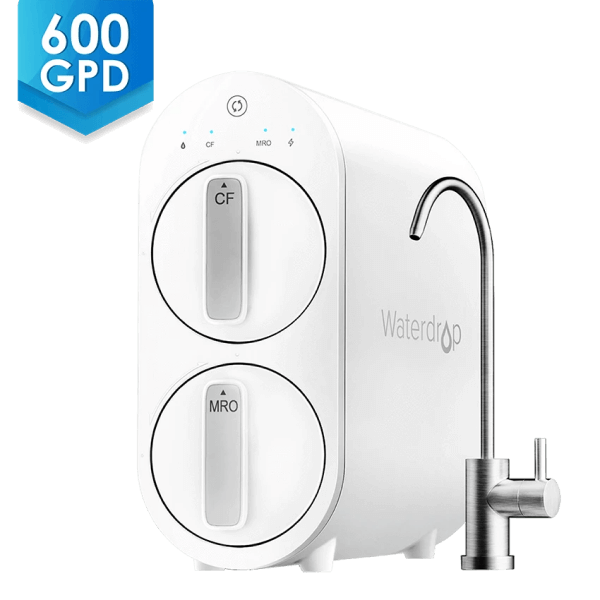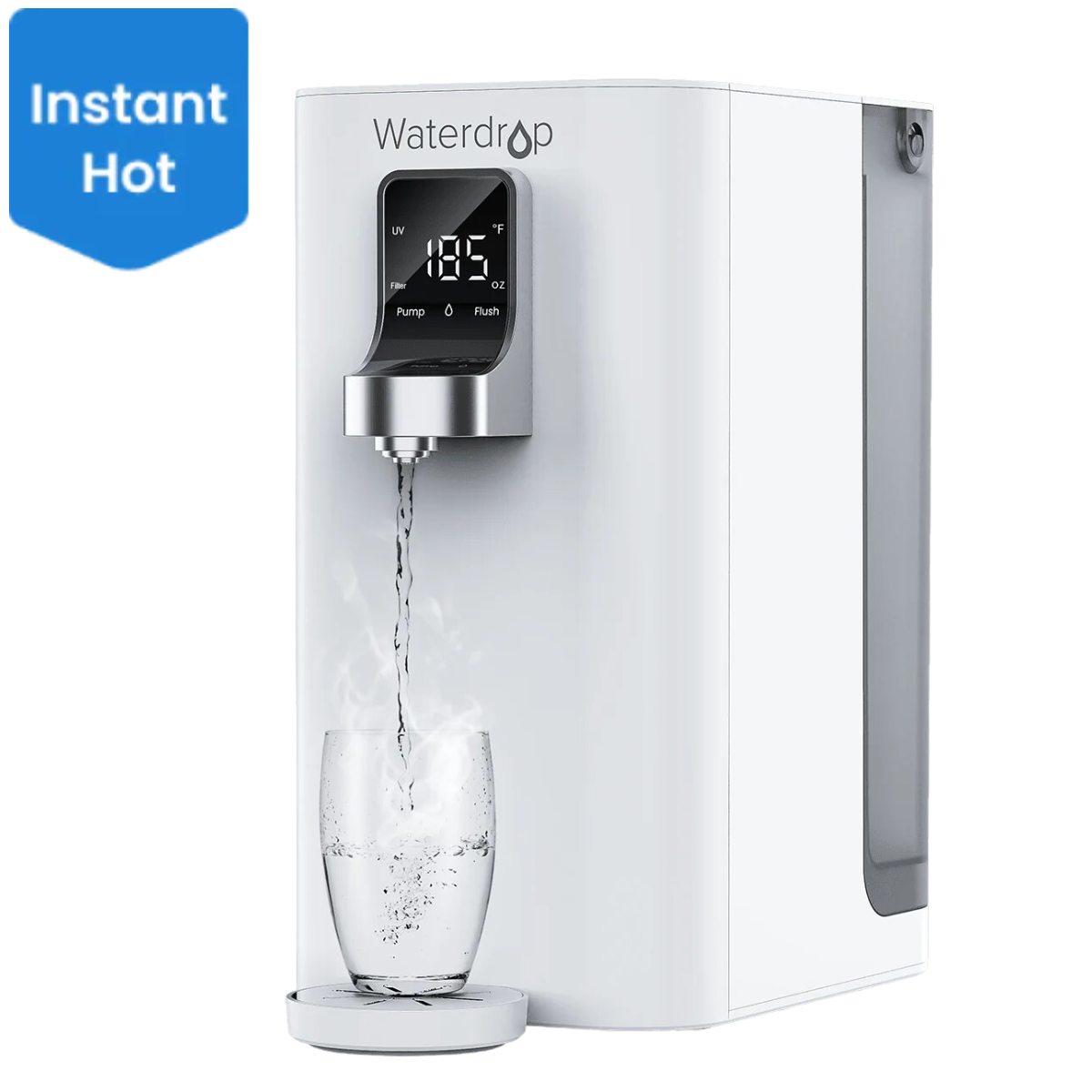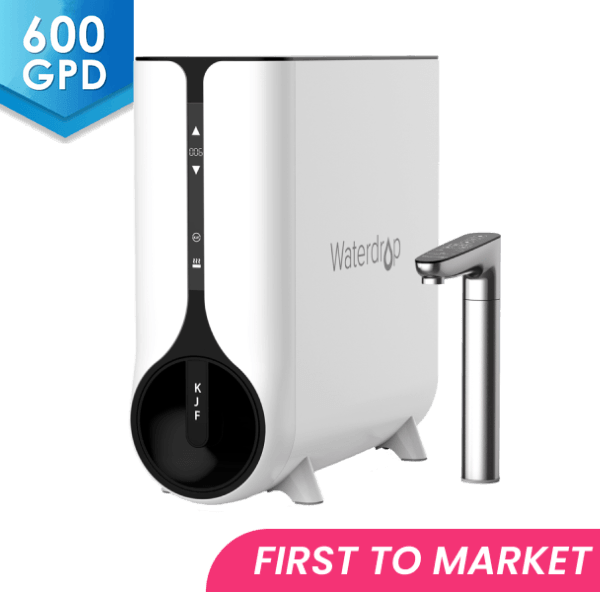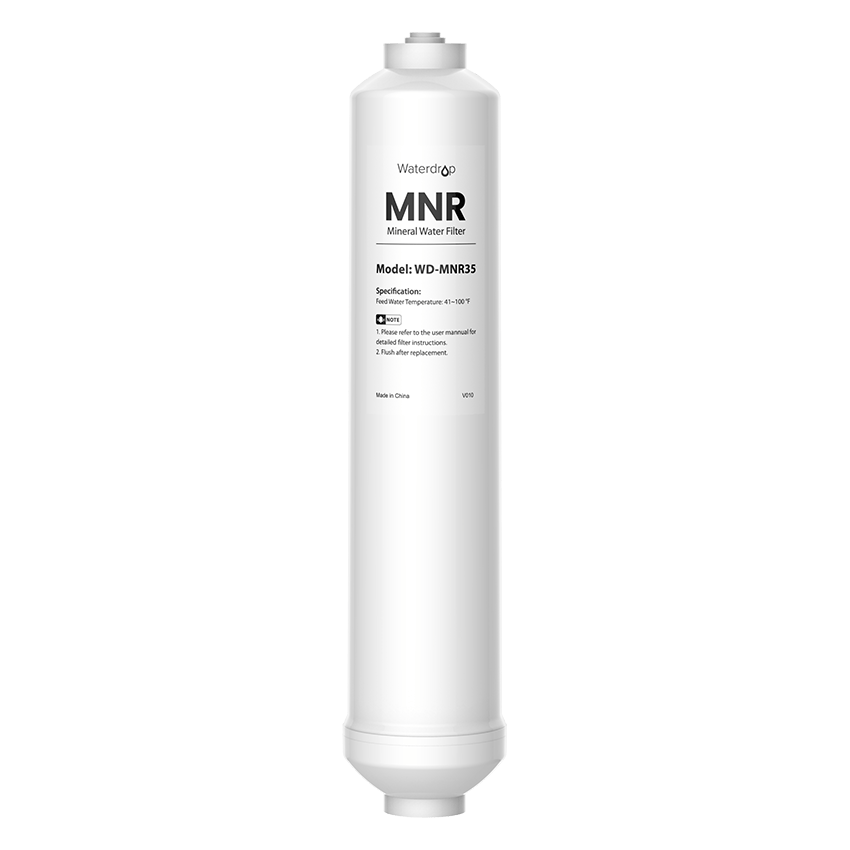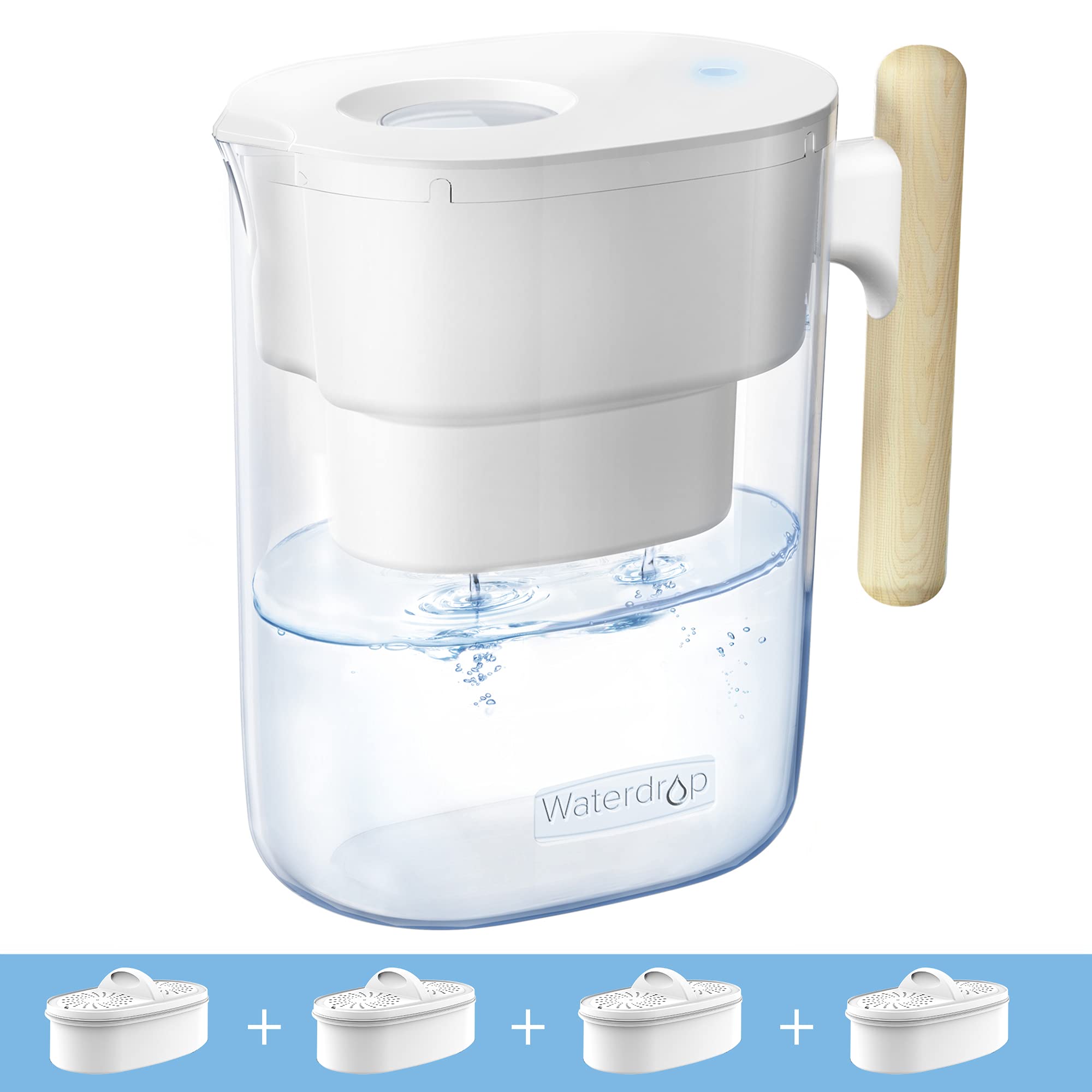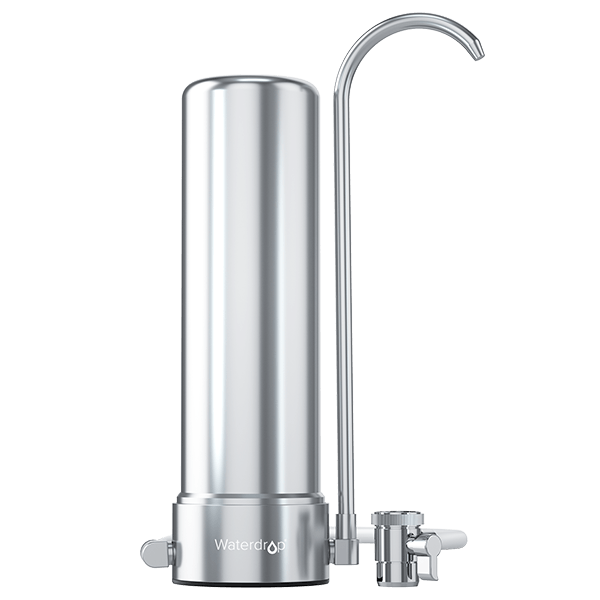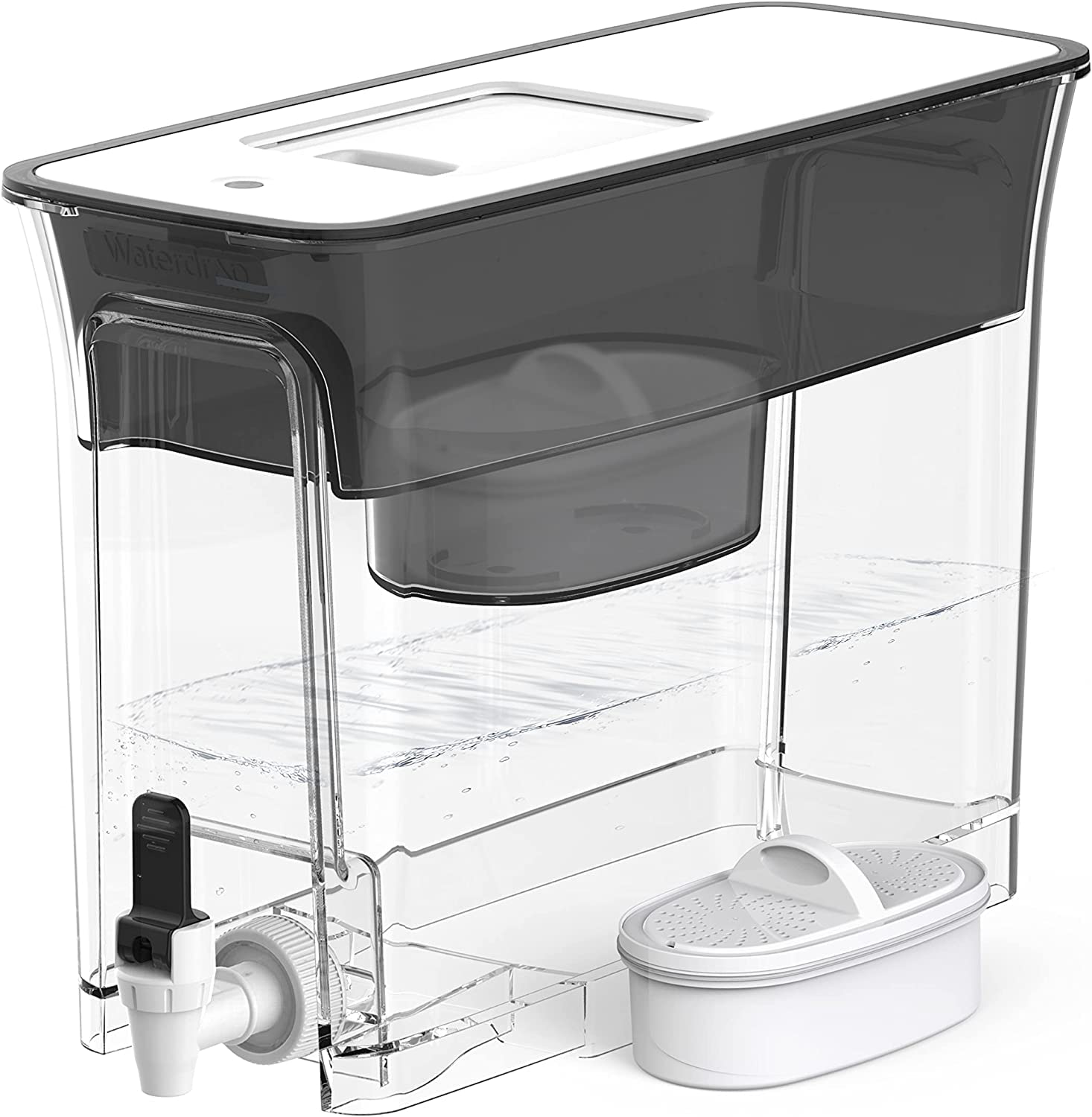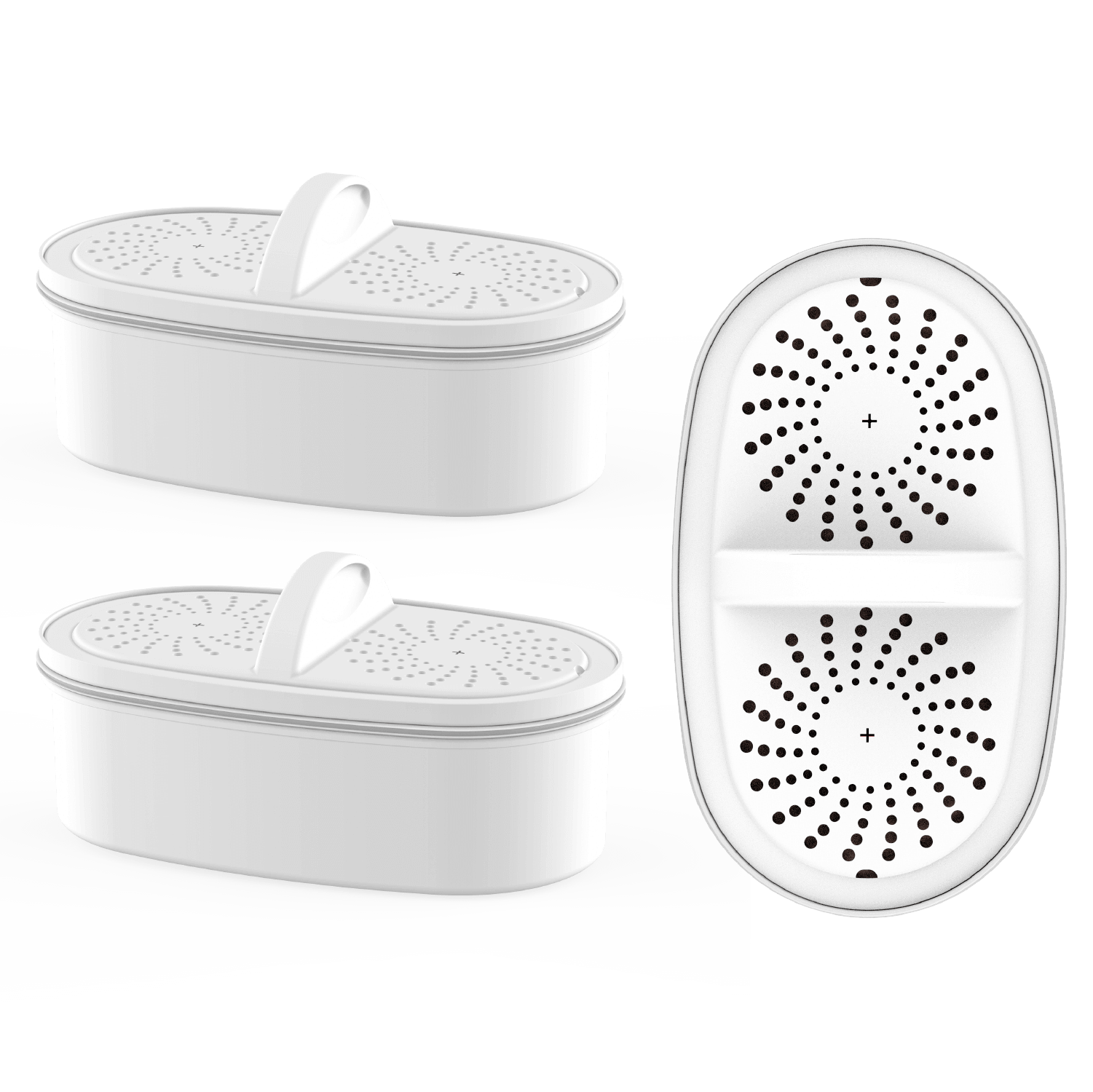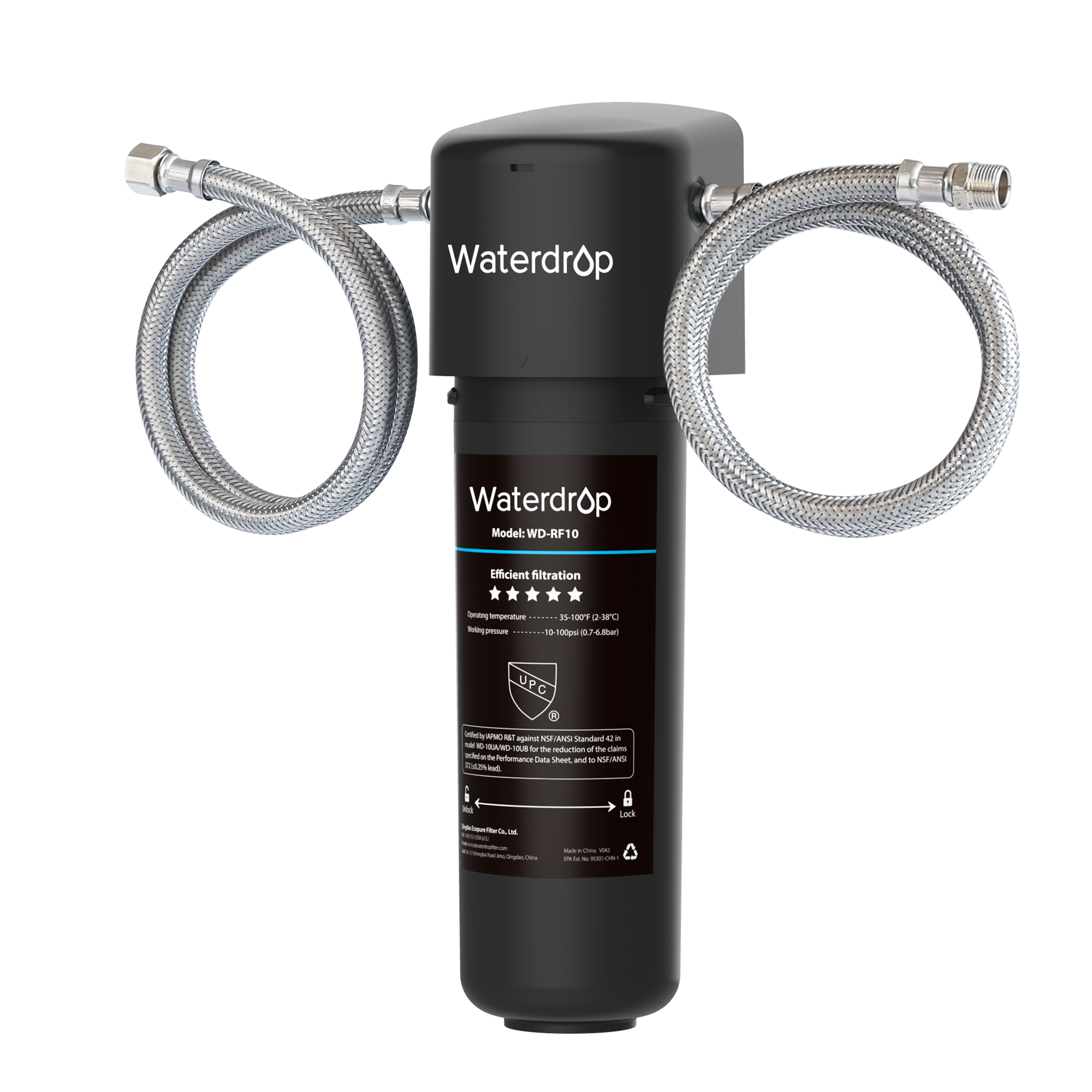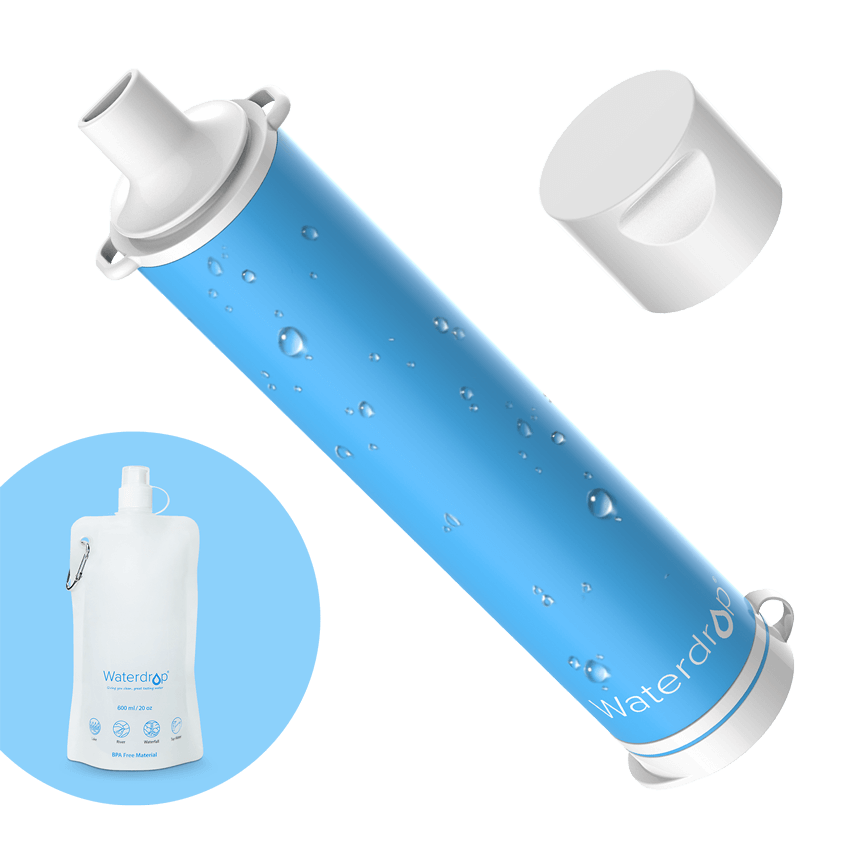The Clear Divide: Understanding Ionised Water vs Deionised Water in the UK
by Dr. Jonathan Doyle - Updated July 30, 2024
Water is necessary for life, according to experts. Being dehydrated for longer than a few days is impossible because water is needed by every cell in the body. As water moves through the human body, it transports waste products and oxygen to and from various organs.
Pure Water is important for many uses, including manufacturing and scientific labs. The terms “ ionised water ”, and “deionised water” are frequently used in discussions about water purification in the United Kingdom. It is vital to pay attention to water filtration system . The slight variations in water quality, such as whether it’s safe for drinking and their usage, are indicated by water qualifications.

What Is Ionised Water?
When we talk about water that has been treated, we usually mean that it has been electrolyzed (or separated into acidic and alkaline components) using an ioniser, which is a device that applies an electric current to the water. While acidic water is frequently used for cleaning or disinfecting, alkaline water is occasionally consumed due to claims of various health benefits. Nonetheless, there is little evidence from mainstream science to back up the health benefits of consuming alkaline ionised water.
What Is Deionised Water?
Modern tap water contains a number of contaminants that obstruct chemical reactions and analytical testing. Ions are charged particles that can be either positively or negatively charged. They are present in water. Anions have a negative charge, whereas cations are positively charged ions. Ions are impurities in water and must be removed in applications such as rinsing. Water that has been deionised is free of impurities and minerals.
Ions are eliminated during the deionisation process, and the resultant water is known as deionised water. Demineralized water is another frequent term for deionised water. The deionisation process removes almost all of the ions from the source water. While deionised water is considered safe for consumption, it may not be the optimal choice due to the absence of certain trace minerals necessary for optimal human growth and development.
Comparing Ionised Water and Deionised Water
When water molecules undergo a pH-altering process, like electrolysis, the result is a portion of the water that is either more alkaline or more acidic. This type of water is commonly referred to as ionised water.
The deionised (DI) water has undergone a process that removes all mineral ions, including cations such as sodium, iron, calcium, and copper, as well as anions like chloride and sulfate. This is frequently accomplished by UV oxidation, carbon filtration, ion exchange, or microfiltration techniques. The end product is water that is typically free of electrical charges and used in settings where ions could disrupt processes, such as laboratories and factories.

How Is Ionised Water Made?
An electrolysis machine or ioniser is usually used to produce ionised water. Here’s an easy summary of the process:
Filtration
To start, contaminants are typically taken out of tap water by running it through a filter.
Related: Is UK Tap Water Safe to Drink?
Electrolysis
Electrolysis is then applied to the filtered water. This procedure is carried out in a chamber that has ion-exchange membranes—also referred to as positive and negative electrodes, or anode and cathode—installed.
Ionisation
Water molecules (H2O) split into oxygen (O2), hydrogen (H2), ions like hydroxide (OH-) at the cathode, and hydronium (H3O+) at the anode when an electric current is run through the water via the electrodes.
Separation
Two distinct streams are created in the electrolysis chamber: acidic water at the anode (which contains more H3O+ ions) and alkaline/ionised water at the cathode (which usually contains increased levels of OH- ions).
Output
Because it has mild antiseptic qualities, acidic water can be used for cleaning or disinfecting, while alkaline water—often referred to as “ionised water”—is directed out of the machine for cooking or drinking.
It is crucial to remember that there is disagreement over the supposed health advantages of alkaline ionised water, and there is insufficient data to support many of the claims. Before changing the water, you drink, make sure you speak with a healthcare professional, especially if you have any health issues.

How Can Deionised Water Be Made?
The main dissolved contaminants in the water supply are ions like calcium and chlorides, which are removed from the source water after organic materials have been removed. Ions are molecules that have either a positive or negative charge, as was previously stated. The iron ion, for example, is positively charged. Thus, substituting hydrogen (H+) and hydroxyl (OH-) ions for removable ions results in pure water, which is an efficient method of purifying water .
Before the source water enters the deionisation system, it travels across a reverse osmosis membrane. Most of the water contaminants are eliminated along with organic materials in the pre-filtration stages. As a result, the water is sufficiently clean to pass through the deionisation process.
What Are the Process Types of Them?
Understanding types is the next step after grasping the fundamentals.Alkaline and acidic ionised water are the two main types that are produced when the pH balance is altered during the electrolysis process.
Mixed bed deionisers , which combine cation and anion resins, are widely used for deionised water and are helpful in situations requiring extremely high purity water.
The container serves as a long-term deioniser because the cations and anions are thoroughly mixed in a single tank during the deionisation process. As a result, the water produced by this deionisation process is of higher quality.
Regrettably, the expense of this enhanced efficiency is higher. Furthermore, the maintenance of mixed-bed deionisation is a formidable task due to its vulnerability to contamination and the intricacy of resin regeneration. Mixed-bed deionisers are therefore limited to secondary purification. Typically, an RO system or two-bed deionisation is used for the primary purification.

What Is the Best Use of Deionised Water?
Deionised water is typically used in science because it is pure and free of bacteria. Furthermore, experiments using deionised water can be relied upon to yield results that are more consistent and repeatable, as it is 100% pure.
Ionised water preserves product integrity and safety in the biotech and pharmaceutical industries because it takes on the chemical composition of any substance that we add to it. Because of this, water is extremely important for the scientific and medical fields. Furthermore, since almost all medical product manufacturers mix water into their creations, it is imperative to use impurity-free water to avoid altering a product’s chemical composition while it is being manufactured.
Is It Safe to Drink?
Most people agree that drinking mildly ionised water is safe, and many even claim that it has positive health effects. Deionisation merely eliminates ions from water; it leaves the water safe to drink. Thus, the water still contains bacteria, viruses, and other impurities. Deionisation also eliminates minerals from water. As a result, consuming deionised water deprives you of healthy trace minerals like magnesium and calcium. It might also harm the soft tissues and tooth enamel in your mouth. As such, consuming deionised water on a daily basis might not be the best choice.

How Do You Provide Your Home With Safe Drinking Water?
It is not ideal to drink deionised water if you want to protect your health. On the other hand, using a home water filtration system to filter water is ideal since it removes different types of impurities from the water while maintaining essential minerals.
Waterdrop K19 Instant Hot Water Reverse Osmosis System
When ensuring the safety and purity of drinking water, the RO system is reliable and can be installed in the home. With the Waterdrop K19 Instant Hot Water Reverse Osmosis System, you are able to experience futuristic living with purified water. It instantly heats water to your preferred temperature, conveniently and quickly providing hot water for your teas and soups. With no tank required, you can enjoy pure reverse osmosis water in seconds!
Waterdrop Reverse Osmosis Water Filtration System
The Waterdrop G3P600 reverse osmosis system is NSF/ANSI 372 certified for lead-free material and NSF/ANSI 58 certified for TDS (Total Dissolved Solids) reduction. Additionally, it satisfies the safety requirements of both the UKCA and the EU. In addition, the Federal Communications Commission has certified the tankless reverse osmosis system.
The G3P600 tankless reverse osmosis system is an upgraded system that generates 600 gallons of filtered water daily. This RO system has a rapid and steady water flow rate that can fill an 8-ounce cup in 8 seconds, making it perfect for drinking and cleaning fruits and vegetables.
Final Thoughts
Understanding the divide between ionised and deionised water is pivotal for its appropriate use. Although there are no mineral ions in deionised water, this water is suitable for specific purposes other than drinking. Nevertheless, using a reverse osmosis system or water filters may make deionised water ideal for drinking.


